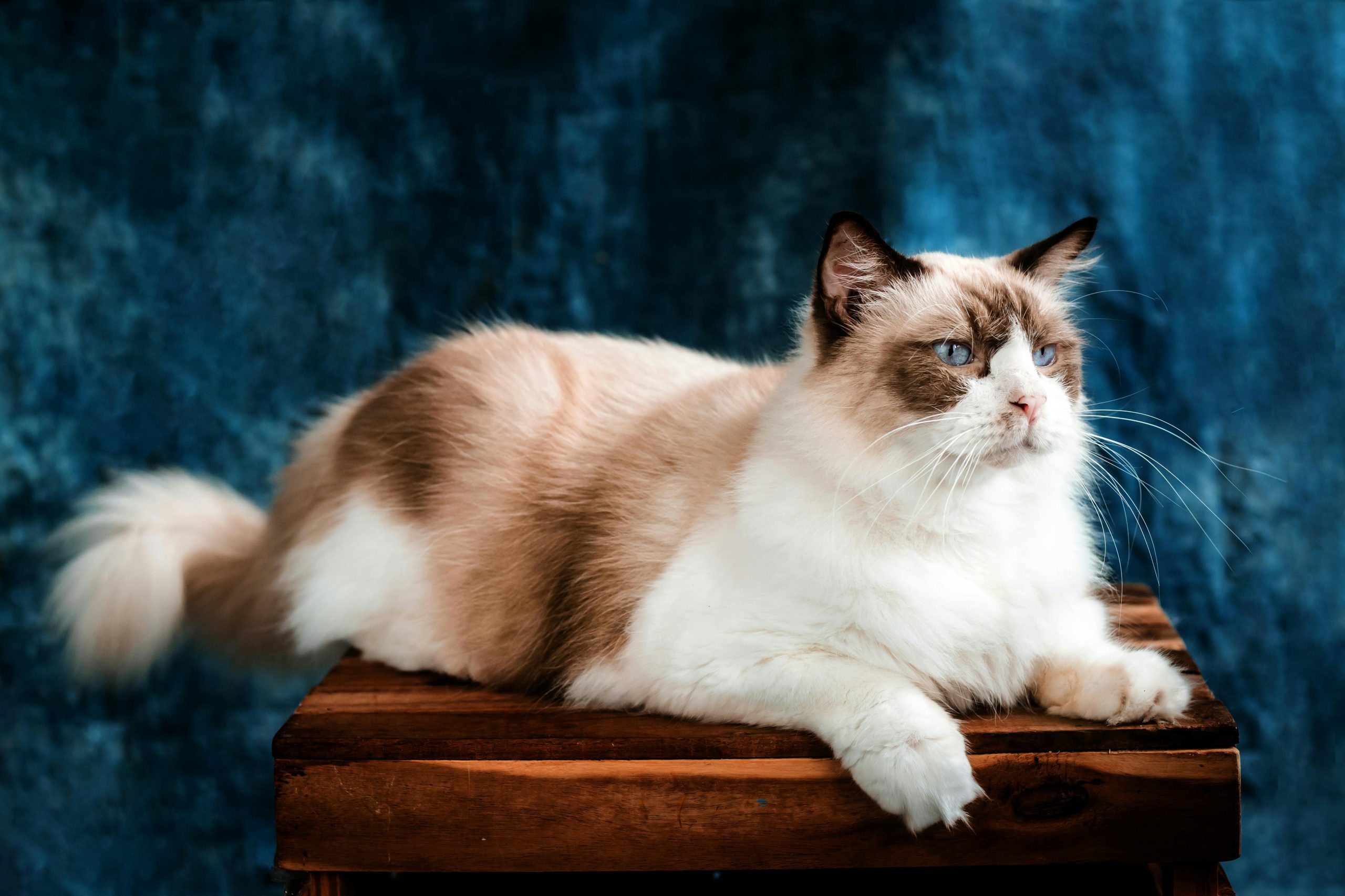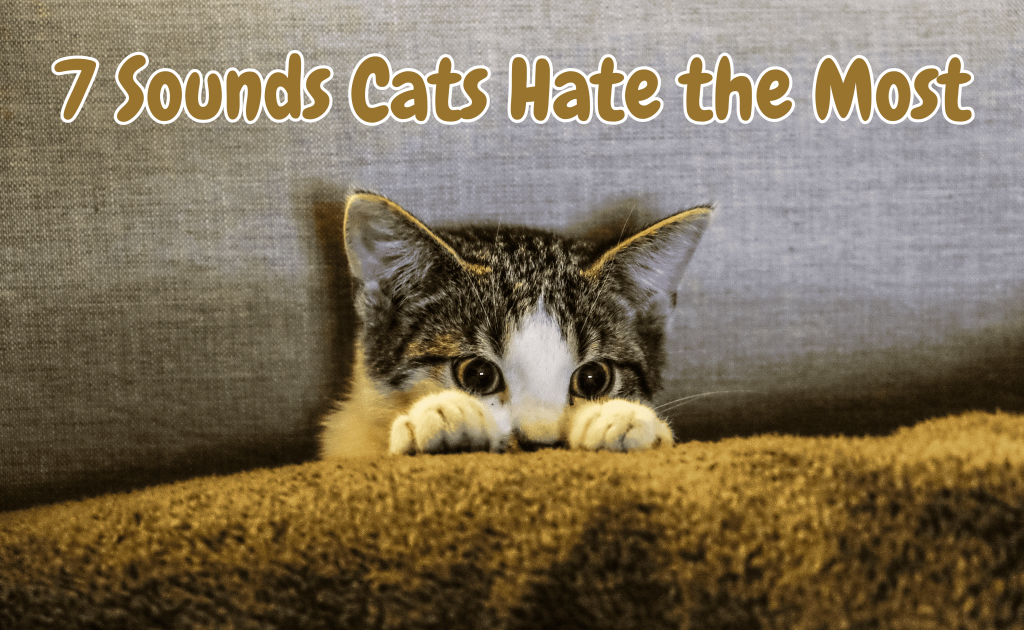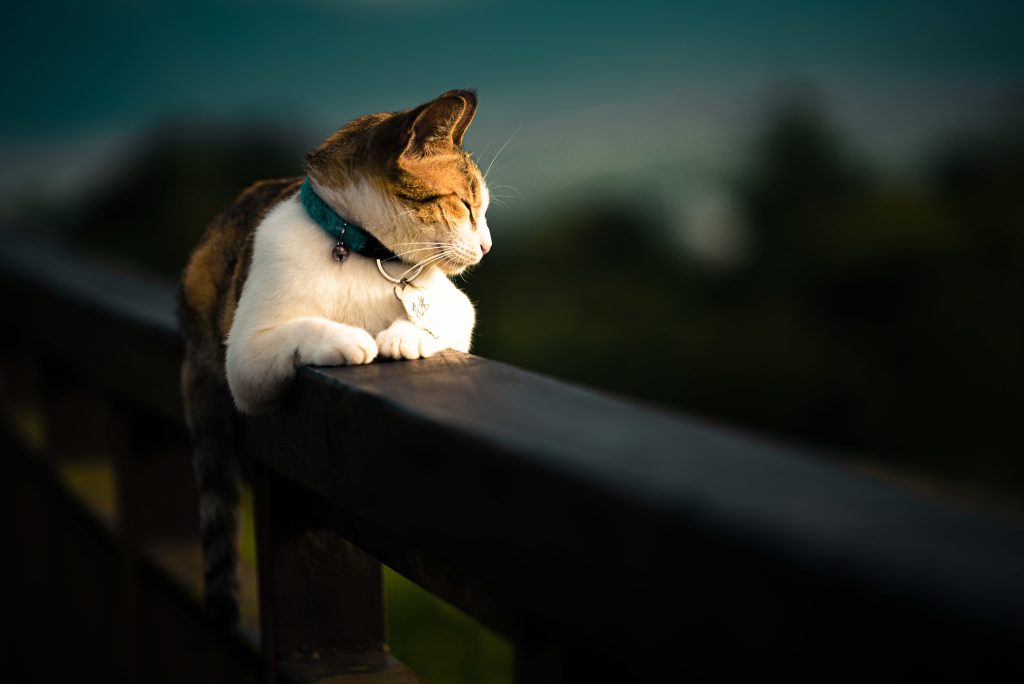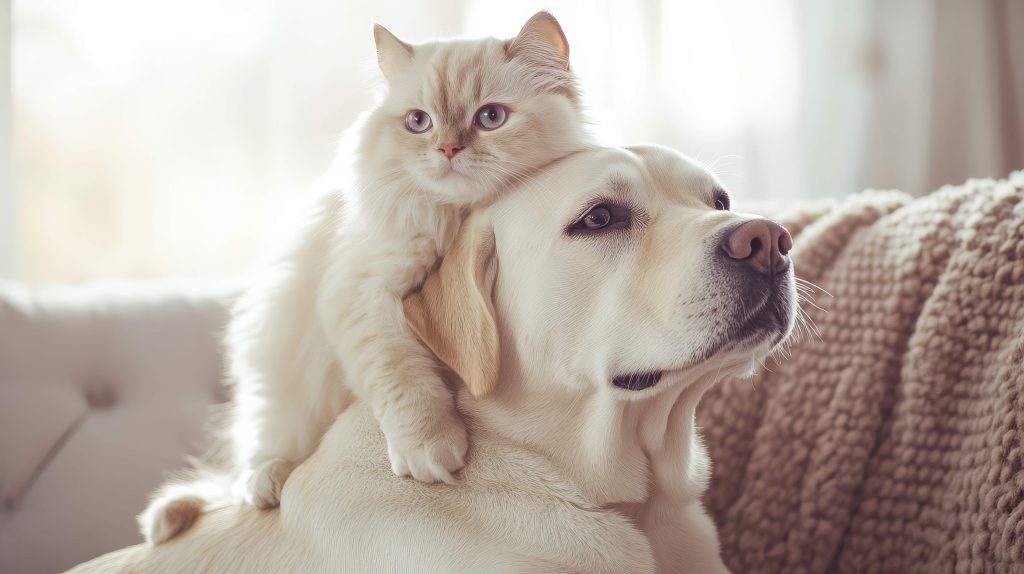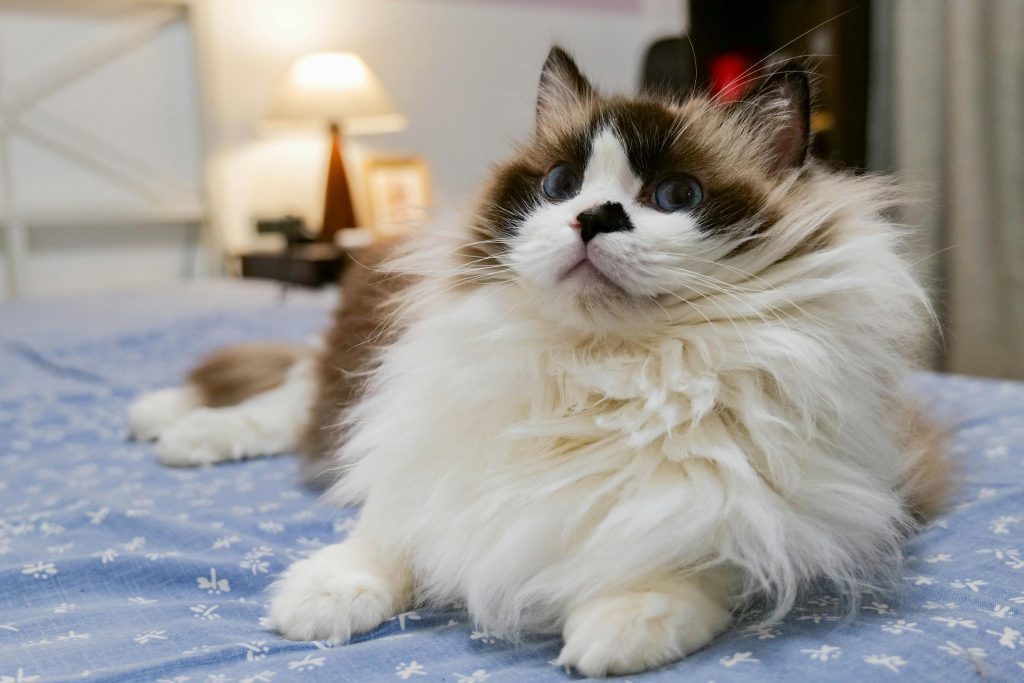Is your Ragdoll still lanky at 12 months? Relax—that’s perfectly normal. Unlike most cats, Ragdolls grow in slow, steady stages, often taking 3–4 years to reach full size. Growth isn’t just about height; it’s frame, muscle, coat, and personality all developing in layers.
In this guide, you’ll get clear growth timelines, realistic Ragdoll size ranges, coat and color milestones, and simple ways to track healthy progress—plus signs to spot if something’s off.
We’ll bust myths (spoiler: neutering doesn’t stunt growth) and share expert-backed tips for nutrition, vet checks, and grooming that match this late-blooming breed. By the end, you’ll know exactly what’s normal, what’s not, and how to support every stage of your Ragdoll’s journey.
Understanding the Ragdoll Growth Timeline
Ragdolls don’t just “get big”—they mature in layers, with frame, muscle, coat, and temperament each peaking at different times. This breed’s growth can span up to four years, so patience is key.
The goal is to know what to expect at each stage so you can track healthy progress, avoid overfeeding, and spot red flags early. Below, we’ll walk through the age bands—what’s typical, what’s not, and how you can best support your Ragdoll’s journey from tiny kitten to majestic adult.
Newborn to 8 Weeks
Tiny at birth, Ragdolls grow quickly in these early weeks, fueled by their mother’s milk. Eyes and ears open, coordination improves, and early social skills form. Their silky baby coat shows only faint point colors.
Keep the environment warm, clean, and safe; watch for steady weekly weight gain, strong nursing, and those first little “motorboat” purrs. Schedule the first vet check and deworming, and begin gentle handling once eyes open. Most kittens go to new homes around 12–14 weeks, but confirm timing with your breeder and vet.
2 to 6 Months
This is the lengthening phase—long legs, rapid skeletal growth, and boundless kitten energy. Points start to define, the tail begins to plume, and coordination sharpens.
Choose a kitten diet with animal-first protein and balanced calcium/phosphorus, offered in several small meals. Start monthly weigh-ins now, same day each month. Encourage climbing and sprinting play—bonus if you time zoomie sessions before meals to save your ankles and build muscle.
6 to 12 Months
Growth slows, but frame lengthening continues. Puberty may bring behavioral shifts, and coat thickens with deeper color points. Maintain lean muscle by balancing calories with activity, and only transition to adult food when growth steadies and BCS is ideal—often later than the 12-month mark for this breed.
1 to 2 Years
Length stabilizes, but mass and chest width build steadily. The ruff and britches become more defined, and point colors deepen. Temperament matures into a confident, “teen” personality. Keep protein-forward meals, active play, and BCS tracking to maintain muscle without excess fat.
2 to 4 Years
The finish line—full muscle mass, peak coat density, and final color intensity. Classic Ragdoll calmness sets in. At this stage, your focus shifts to maintaining weight, muscle tone, and enrichment to keep your cat healthy and engaged for years to come. Now that you know when they grow, here’s how to measure to make sure growth is healthy.
How Big Do Ragdoll Cats Get?
Adult male Ragdolls typically weigh 15–20 lb (6.8–9.1 kg), while females average 10–15 lb (4.5–6.8 kg)—healthy outliers exist, so always judge by body condition score (BCS), not the number alone.
A long frame—17–21 in (43–53 cm) nose-to-tail base, measured without the tail—plus a broad chest and plume tail create their “big” look. For total length, include the tail separately. Stand your cat side-on, mark their height on a wall, measure, and repeat monthly. And remember: fluff lies, the tape doesn’t.
Recommended Post
Physical Growth vs Coat & Color Development
Your Ragdoll’s body and its “wardrobe” grow on separate timelines—and mixing them up leads to worry over nothing. Physical growth starts with frame lengthening in the first year, then chest width and muscle filling in through age 2–4.
Coat and color evolve more slowly: kitten fluff thickens into plush adult fur, and points may darken for 1.5–3+ years, influenced by genetics and even room temperature. To track both:
- Make a monthly “body log” with weight, chest girth, and BCS.
- Keep a separate “coat log” with front/side/top photos in the same spot and light (a plain door works great).
- Note room temps—cooler rooms can deepen point color over time.
Judge health by structure, not just fluff—your camera can lie, but your tape measure won’t.
How to Tell If Your Ragdoll Has Stopped Growing
Wondering, “Has my Ragdoll stopped growing?” The simplest answer: measure, log, compare—don’t just eyeball. Signs your cat’s maturing include a weight plateau (±5% over 3–6 months), no change in length or shoulder height, a fully developed coat (ruff, britches, plume tail), and a calmer, more predictable temperament. U
se a soft tape and scale monthly, note BCS (4–5/9), and take consistent photos. If growth is stalled before 12 months or weight/BCS drops, see your vet. Otherwise, plateau + mature coat + stable BCS means your Ragdoll is probably done.
Final Thoughts
When do Ragdoll cats stop growing? The truth is, they finish in layers: Frame → Fill → Fur → Focus. The frame (skeleton) is mostly set by 12–18 months, but the muscle, coat, and temperament often evolve until age 3–4.
That’s why your lanky 14-month male might not bulk up until 30 months, or why your 20-month female may look huge from her winter coat yet slim after a diet tweak.
3 Quick Takeaways:
- Growth = health + coat + personality, not just size.
- Slow growth is normal; patience pays off.
- Numbers & BCS beat photos for judging maturity.
Growth isn’t a race—it’s a slow, beautiful finish. Enjoy every stage, and let patience shape your perfect Ragdoll. Got a twelve-month “lanky” photo? Share it in the comments—we may feature favorite glow-ups.
You Might Also Like
Founder of Cats Question, a veterinarian (DVM), and lifelong cat enthusiast with hands-on experience in feline care. Passionate about helping cat owners through expert-backed, compassionate advice inspired by years of living and learning alongside cats.
